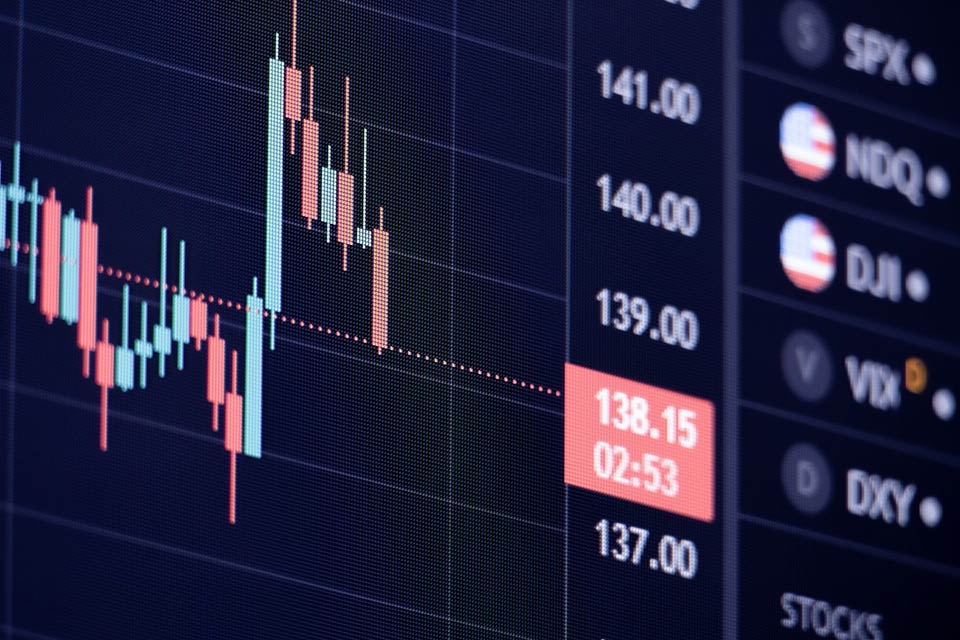
Features: So, what does TradingView bring to the table? Well, first off, they've got charts—like, a gazillion of them! You can choose from over 100 chart types. Wanna see your stock's performance in the shape of a unicorn? Done! Plus, you can mess around with custom time intervals and layouts. Who knew trading could be so artsy?
But wait, there's more! Indicators galore! Over 100 built-in ones, and you can even make your own. Want an indicator that tells you when to buy or sell based on the phases of the moon? Hey, why not?

Feeling technical? TradingView's got you covered with all the drawing tools you need to make your charts look like a toddler's masterpiece. Plus, trendlines that are so trendy, they'll make your stock's price move just to impress them. And don't forget the harmonic patterns because every trader knows that trading is basically like conducting a symphony.
Oh, and did I mention the alerts? You can set up alerts to remind you when it's time to stop watching Netflix and start watching your stocks. Price alerts, technical alerts, emotional alerts—you name it!
And for the risk-averse, there's the paper trading feature. Practice trading without risking real money. Because who needs real profits when you can have imaginary ones?
Community: But wait, there's more (again)! TradingView has a bustling community of traders. It's like a big online trading party where everyone's invited to share their secret strategies. Just remember, though, no one will tell you which stocks to buy. They'll just throw around terms like 'bullish engulfing' and 'Fibonacci retracement' and hope you look impressed.
Paid vs. Free: Now, let's talk dough. TradingView offers both free and paid versions. The free one is like a sample platter at a fancy restaurant – it's good, but it's limited. You get just one chart, three indicators, and a side of ads. But, hey, who doesn't love ads, right?
The paid version, on the other hand, is where the magic happens. It's like getting a backstage pass to the trading circus. You can have up to 8 charts open simultaneously, use 25 indicators per chart (because more is always better), set up to 400 alerts, and, the best part, it's ad-free! Plus, you get access to fancy stuff like custom time intervals and exotic charts. Because nothing says 'trading guru' like an exotic chart.
Which Version is Right for You? Now, here's the big question: should you go free or splurge on the paid version? Well, it depends. If you're a trading baby taking your first steps, the free version might be enough. But if you're feeling fancy or want to look like a pro, consider going for the paid subscription. After all, it's a small price to pay for your ticket to the trading circus.
Conclusion: In conclusion, TradingView is like a playground for traders, whether you're a noob or a seasoned pro. It's got all the bells and whistles you need to dive into the thrilling world of trading. And don't forget the vibrant community that's there to make you feel like you're part of something big.
So, my fellow wannabe stock market wizards, start with the free version, have some fun, and see if it tickles your fancy. And if you ever find yourself longing for more charts, indicators, and ad-free bliss, just remember that the paid subscription is waiting to whisk you away on a magical trading adventure. Happy trading, and may your charts always be colorful and your profits not imaginary!










